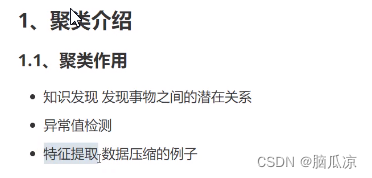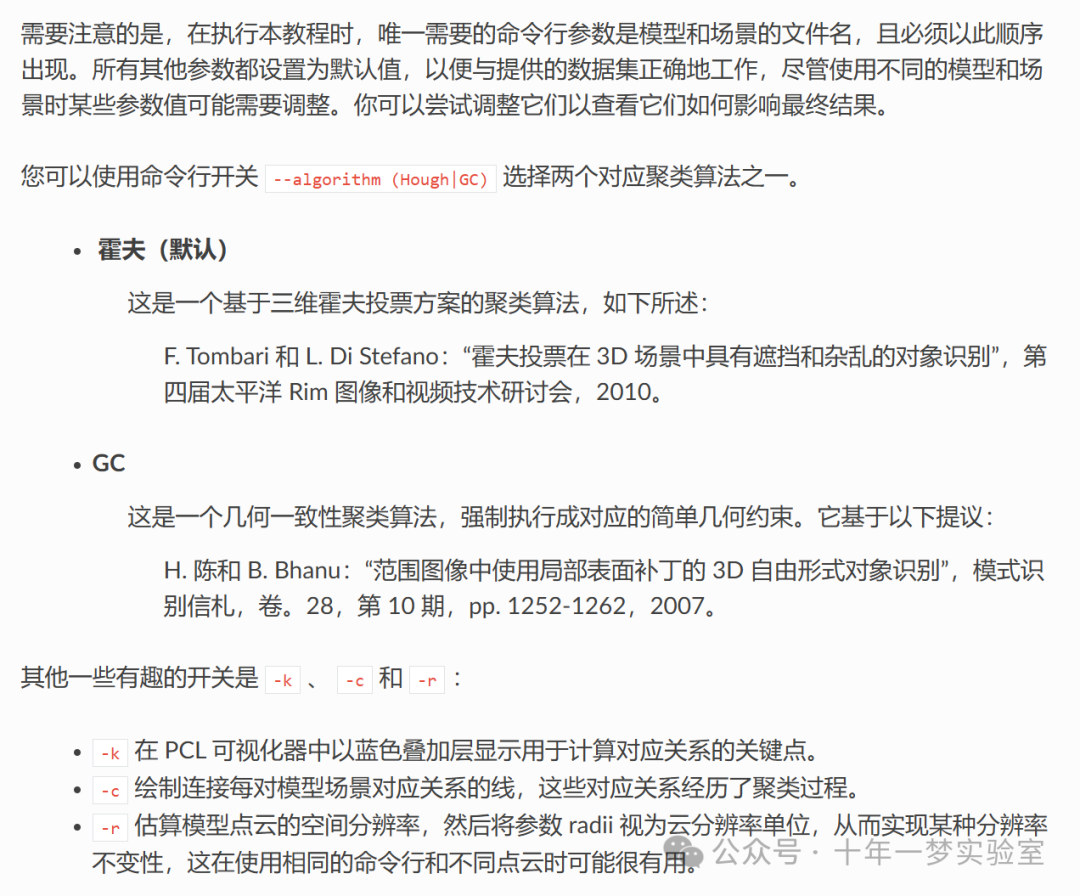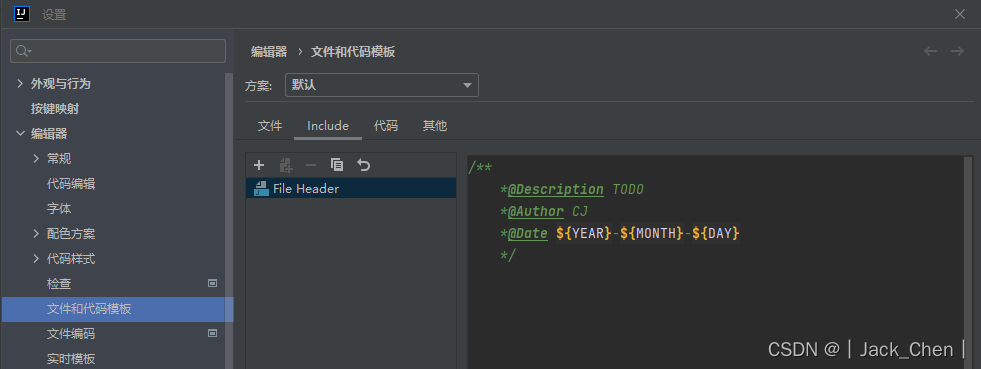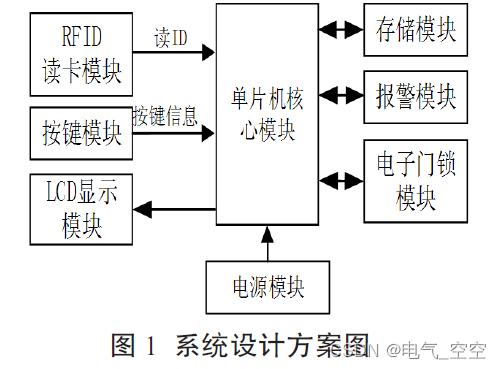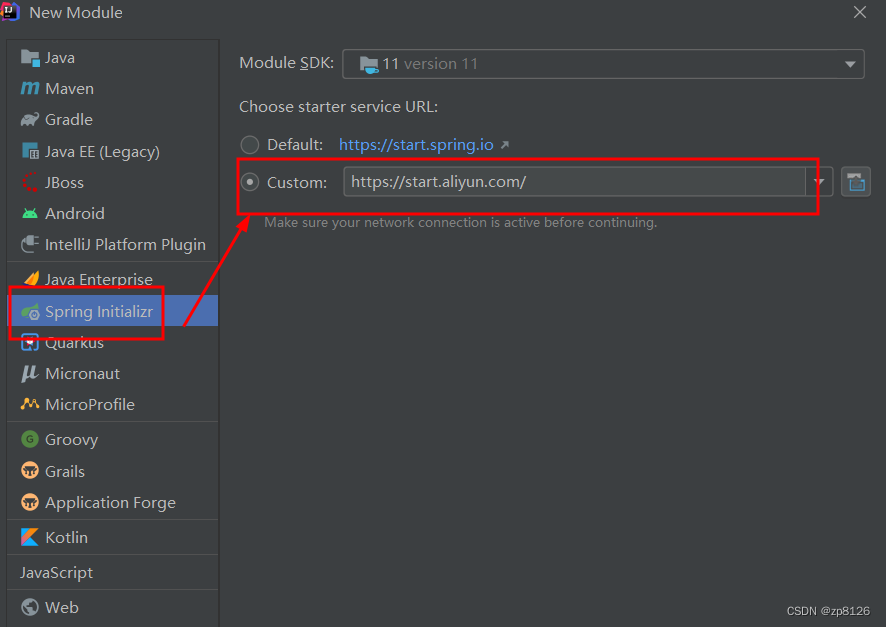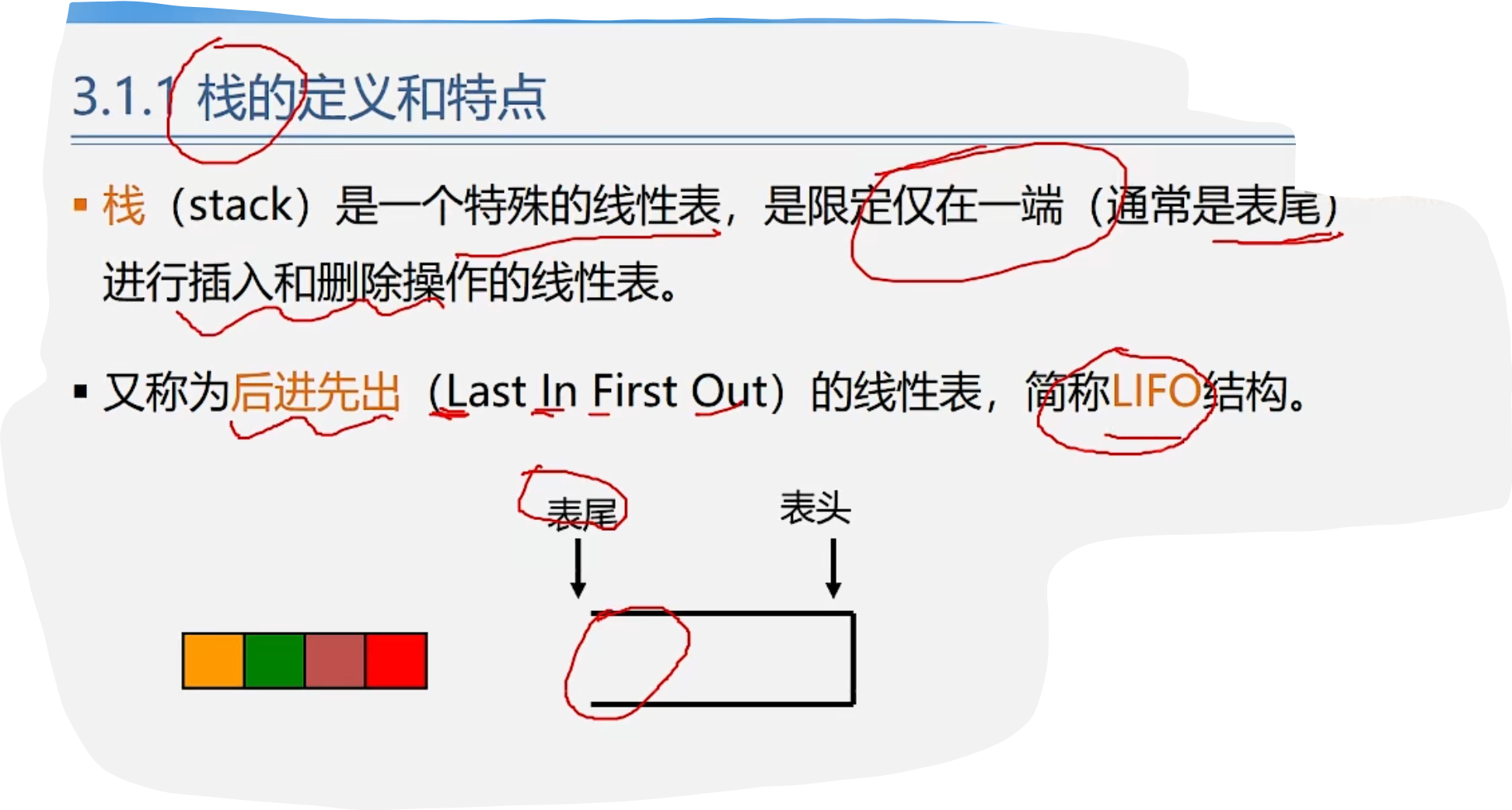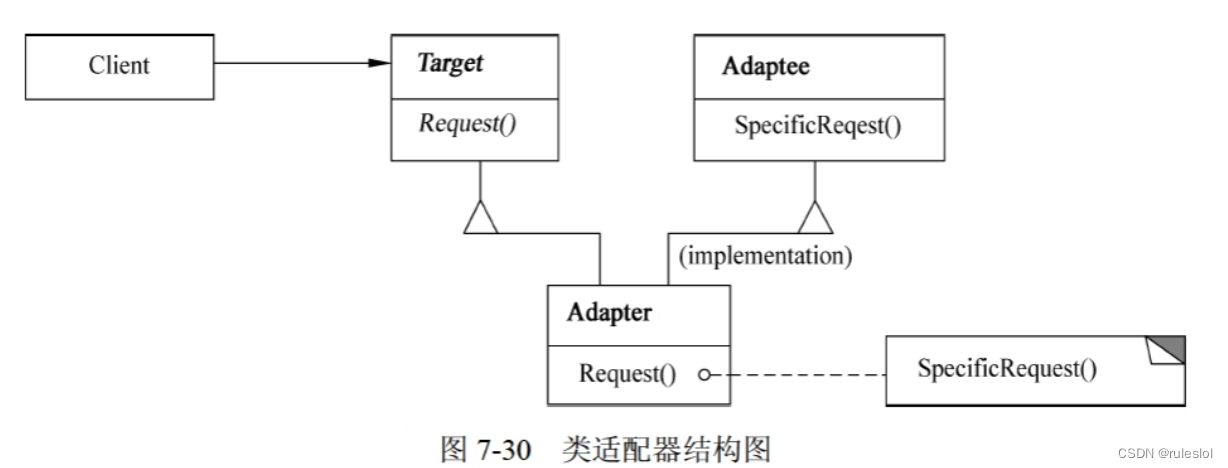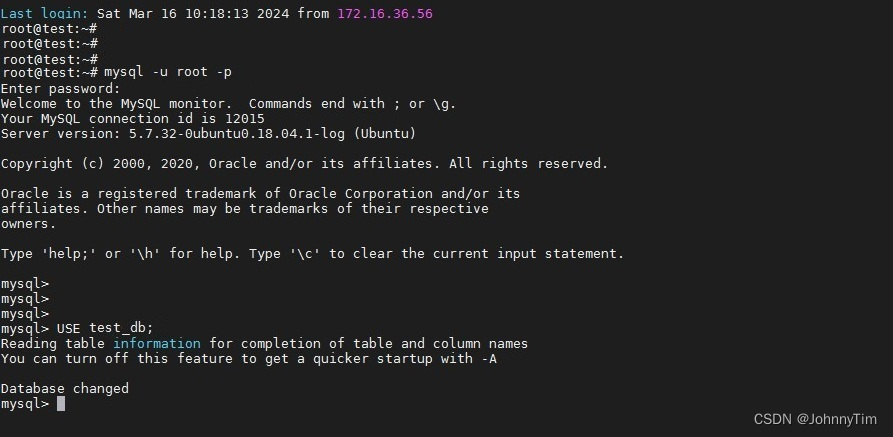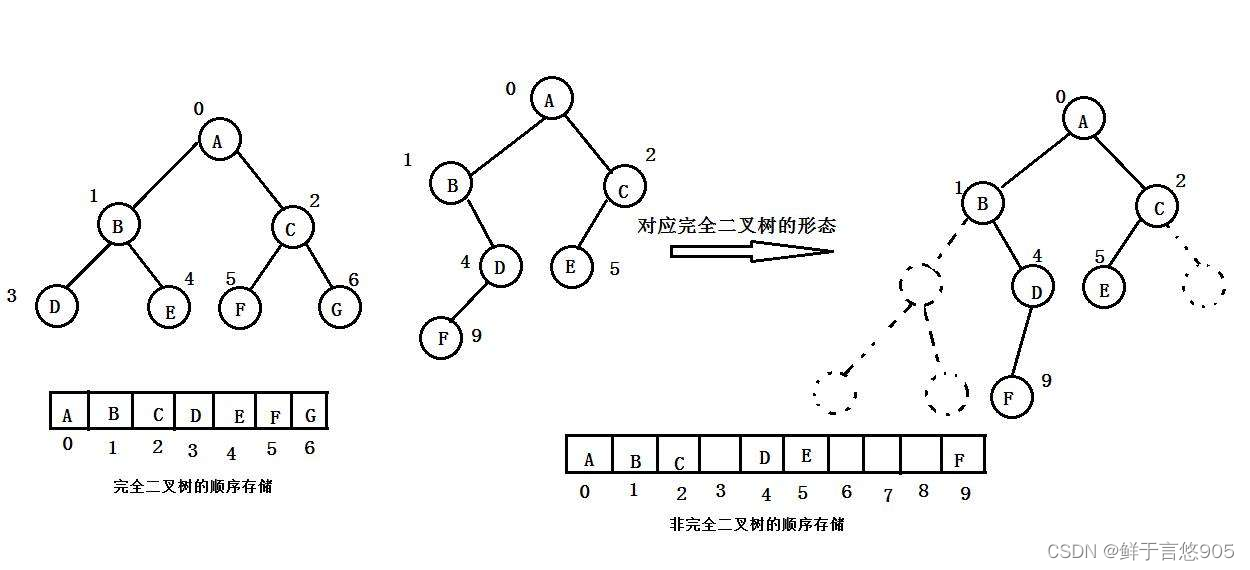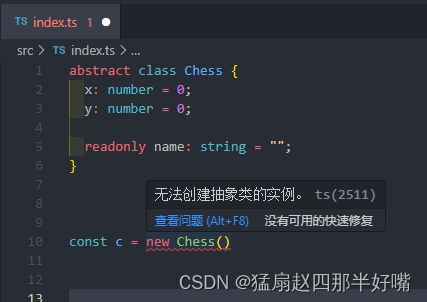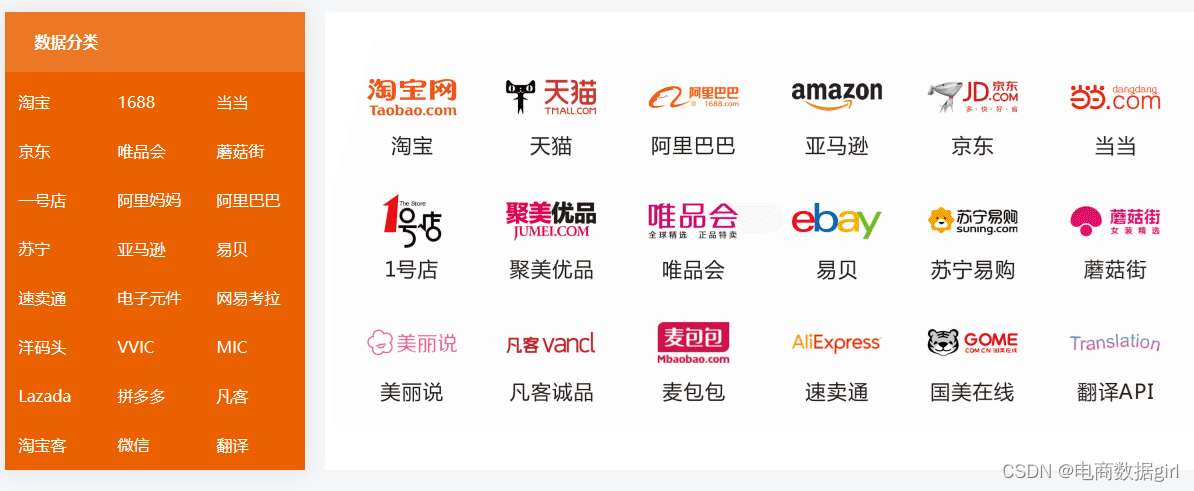/*
* Copyright 2012-2023 the original author or authors.
*
* Licensed under the Apache License, Version 2.0 (the "License");
* you may not use this file except in compliance with the License.
* You may obtain a copy of the License at
*
* https://www.apache.org/licenses/LICENSE-2.0
*
* Unless required by applicable law or agreed to in writing, software
* distributed under the License is distributed on an "AS IS" BASIS,
* WITHOUT WARRANTIES OR CONDITIONS OF ANY KIND, either express or implied.
* See the License for the specific language governing permissions and
* limitations under the License.
*/
package org.springframework.boot.json;
import java.util.ArrayList;
import java.util.LinkedHashMap;
import java.util.List;
import java.util.Map;
import org.springframework.util.Assert;
import org.springframework.util.StringUtils;
/**
* Really basic JSON parser for when you have nothing else available. Comes with some
* limitations with respect to the JSON specification (e.g. only supports String values),
* so users will probably prefer to have a library handle things instead (Jackson or Snake
* YAML are supported).
* 翻译: 真正基本的 JSON 解析器,适用于没有其他可用内容时。在 JSON 规范方面存在一些限制(例如,仅支持 String 值),
* 因此用户可能更愿意让库来处理事情(支持 Jackson 或 Snake YAML)
*
* @author Dave Syer
* @author Jean de Klerk
* @author Stephane Nicoll
* @since 1.2.0
* @see JsonParserFactory
*/
public class BasicJsonParser extends AbstractJsonParser {
private static final int MAX_DEPTH = 1000;
@Override
public Map<String, Object> parseMap(String json) {
return tryParse(() -> parseMap(json, (jsonToParse) -> parseMapInternal(0, jsonToParse)), Exception.class);
}
@Override
public List<Object> parseList(String json) {
return tryParse(() -> parseList(json, (jsonToParse) -> parseListInternal(0, jsonToParse)), Exception.class);
}
/**
* 将json字符串转换成 List 示例 : ["xx1","xx2"] 转换成 List<String> ,
* 文档写着仅支持String类型,
* 但是看了代码,也支持 Long 、Double
* @param nesting
* @param json
* @return
*/
private List<Object> parseListInternal(int nesting, String json) {
List<Object> list = new ArrayList<>();
json = trimLeadingCharacter(trimTrailingCharacter(json, ']'), '[').trim();
for (String value : tokenize(json)) {
list.add(parseInternal(nesting + 1, value));
}
return list;
}
/**
* 1.如果json 中存在 [ 调用转 parseListInternal方法 转List
* 2.如果json 中存在 { 调用转 parseMapInternal 转Map
* 3.如果前面带有 “ 就去掉前面的 ” 和 后面的 “ ,返回String 如 "xxx" ,返回 xxx
* 4.前面都不满足,将josn转换成Long , 转换失败,强转成 Double
* 5.以上都不满足或者转换失败,直接返回json字符串
* @param nesting
* @param json
* @return
*/
private Object parseInternal(int nesting, String json) {
if (nesting > MAX_DEPTH) {
throw new IllegalStateException("JSON is too deeply nested");
}
if (json.startsWith("[")) {
return parseListInternal(nesting + 1, json);
}
if (json.startsWith("{")) {
return parseMapInternal(nesting + 1, json);
}
if (json.startsWith("\"")) {
return trimTrailingCharacter(trimLeadingCharacter(json, '"'), '"');
}
try {
return Long.valueOf(json);
}
catch (NumberFormatException ex) {
// ignore
}
try {
return Double.valueOf(json);
}
catch (NumberFormatException ex) {
// ignore
}
return json;
}
/**
* 将json字符串解析成Map
* @param nesting
* @param json
* @return
*/
private Map<String, Object> parseMapInternal(int nesting, String json) {
Map<String, Object> map = new LinkedHashMap<>();
// 将一个json去掉前面的 { 和 后面的 } { "id": 1, "name": "张三", "age": 30 }
json = trimLeadingCharacter(trimTrailingCharacter(json, '}'), '{').trim();
// 经上面一步得出 "id": 1, "name": "张三", "age": 30
//经过tokenize方法, pair 的值是示例 :"id": 1
for (String pair : tokenize(json)) {
// 将"id": 1 拆分成 "id" 1 两个
String[] values = StringUtils.trimArrayElements(StringUtils.split(pair, ":"));
Assert.state(values[0].startsWith("\"") && values[0].endsWith("\""),
"Expecting double-quotes around field names");
// 将values[0] 也就是 "id" 去掉 “ 得出结果为 id
String key = trimLeadingCharacter(trimTrailingCharacter(values[0], '"'), '"');
// 将 values[1] 也就是 1 转成相应的基本类型,看parseInternal方法注明
Object value = parseInternal(nesting, values[1]);
map.put(key, value);
}
return map;
}
/**
* string 的最后一位和 c 相同 , 将 string截取,不要最后一位
* @param string
* @param c
* @return
*/
private static String trimTrailingCharacter(String string, char c) {
if (!string.isEmpty() && string.charAt(string.length() - 1) == c) {
return string.substring(0, string.length() - 1);
}
return string;
}
/**
* string 的第一位和 c 相同 , 将 string截取,不要第一位
* @param string
* @param c
* @return
*/
private static String trimLeadingCharacter(String string, char c) {
if (!string.isEmpty() && string.charAt(0) == c) {
return string.substring(1);
}
return string;
}
/**
* 1.示例 { "id": 1, "name": "张三", "age": 30 }
* 将所有的key-val对加进List 里面返回, 如: "id": 1 "name": "张三" "age": 30 注:包括“ :
* 注:我估计parseListInternal 方法不支持List<Object> 不支持 Object ,只支持 基本类型
* 不支持复杂数据对象的解析
* 经证实: 看了类注释确实不支持复杂类型数据
* 2.示例 : ["xx1","xx2"] 一个String数组
* 会把每个字符串加进 List , 如 ; xx1 , xx2
* @param json
* @return
*/
private List<String> tokenize(String json) {
List<String> list = new ArrayList<>();
int index = 0;
int inObject = 0;
int inList = 0;
boolean inValue = false;
boolean inEscape = false;
StringBuilder build = new StringBuilder();
// 遍历每一个字符
while (index < json.length()) {
char current = json.charAt(index);
// current == '\\' inEscape = true
// 带斜杠json 示例 {\"GivenName\":\"sduie\"}
if (inEscape) {
// 将遍历的字符加入 build
build.append(current);
index++;
inEscape = false;
continue;
}
if (current == '{') {
inObject++;
}
if (current == '}') {
inObject--;
}
if (current == '[') {
inList++;
}
if (current == ']') {
inList--;
}
if (current == '"') {
// 在遍历到 "id": 1 前面的 " inValue 该值变为true 遍历到后面的 " inValue 该值变为false
// 示例 { "id": 1, "name": "张三", "age": 30 }
inValue = !inValue;
}
if (current == ',' && inObject == 0 && inList == 0 && !inValue) {
// current == , 这一句代码主要就是 current == , 就是读到了 ,号, 读完了一对key-val 串
// 示例 { "id": 1, "name": "张三", "age": 30 }
//
list.add(build.toString());
build.setLength(0);
}
else if (current == '\\') {
// 带斜杠json 示例 {\"GivenName\":\"sduie\"}
inEscape = true;
}
else {
build.append(current);
}
index++;
}
if (!build.isEmpty()) {
list.add(build.toString().trim());
}
return list;
}
}
机器学习---使用 EM 算法来进行高斯混合模型的聚类
2024-03-17 22:26:05 38 阅读


